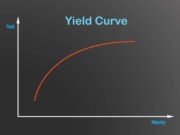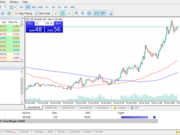Definition
In international finance, leads and lags refer to the expediting or delaying, respectively, of settlement of payments or receipts in a foreign exchange transaction because of an expected change in exchange rates. A change in exchange rates can be a cause of loss in international trade, thus the settlement of debts is expedited or delayed in an attempt to minimize the loss or to maximize the gain. In the leads and lags, the premature payment for goods purchased is called a “lead,” while the delayed payment is called a “lag.”
Leads And Lags
What is ‘Leads And Lags’
Leads and lags is the alteration of normal payment or receipts in a foreign exchange transaction because of an expected change in exchange rates. An expected increase in exchange rates is likely to speed up payments, while an expected decrease in exchange rates will probably slow them down.
Explaining ‘Leads And Lags’
Accelerating the transaction is known as “leads”, while slowing it down is known as “lags”. Leads will result when firms or individuals making payments expect an increase in the foreign-exchange rate, while lags arise when the exchange rate is expected to fall. Leads and lags are used in an attempt to improve profits.
Further Reading
- Energy shocks and financial markets – papers.ssrn.com [PDF]
- Leads and lags in sovereign credit ratings – www.sciencedirect.com [PDF]
- The relationship between financial variables and real economic activity: evidence from spectral and wavelet analyses – www.degruyter.com [PDF]
- High frequency analysis of lead-lag relationships between financial markets – www.sciencedirect.com [PDF]
- Industry information diffusion and the lead-lag effect in stock returns – academic.oup.com [PDF]
- The corporate social-financial performance relationship: A typology and analysis – journals.sagepub.com [PDF]
- Time-varying leads and lags across frequencies using a continuous wavelet transform approach – www.sciencedirect.com [PDF]
- Causality between financial development and economic growth: an application of vector error correction and variance decomposition methods to Saudi Arabia – www.tandfonline.com [PDF]


































